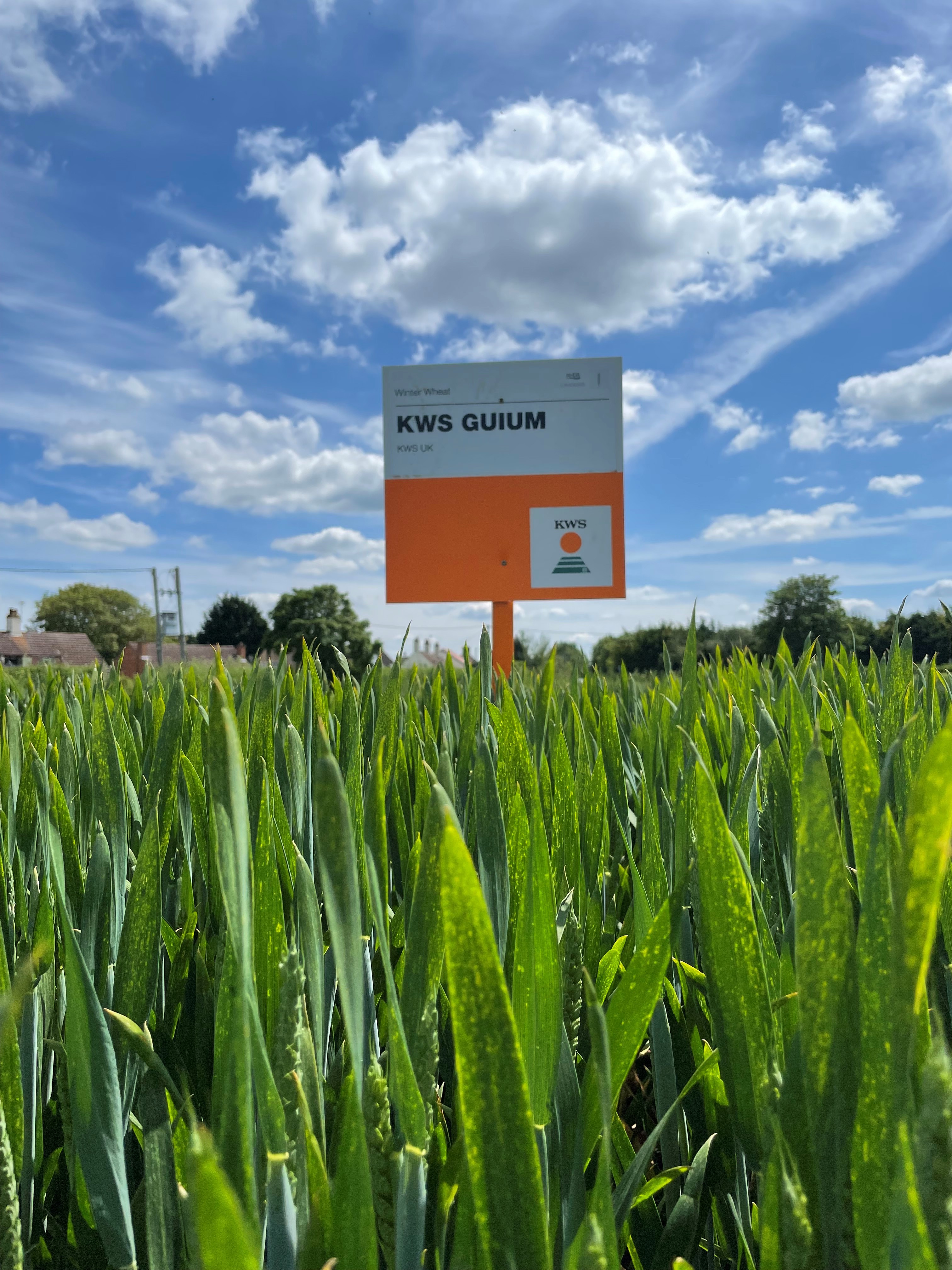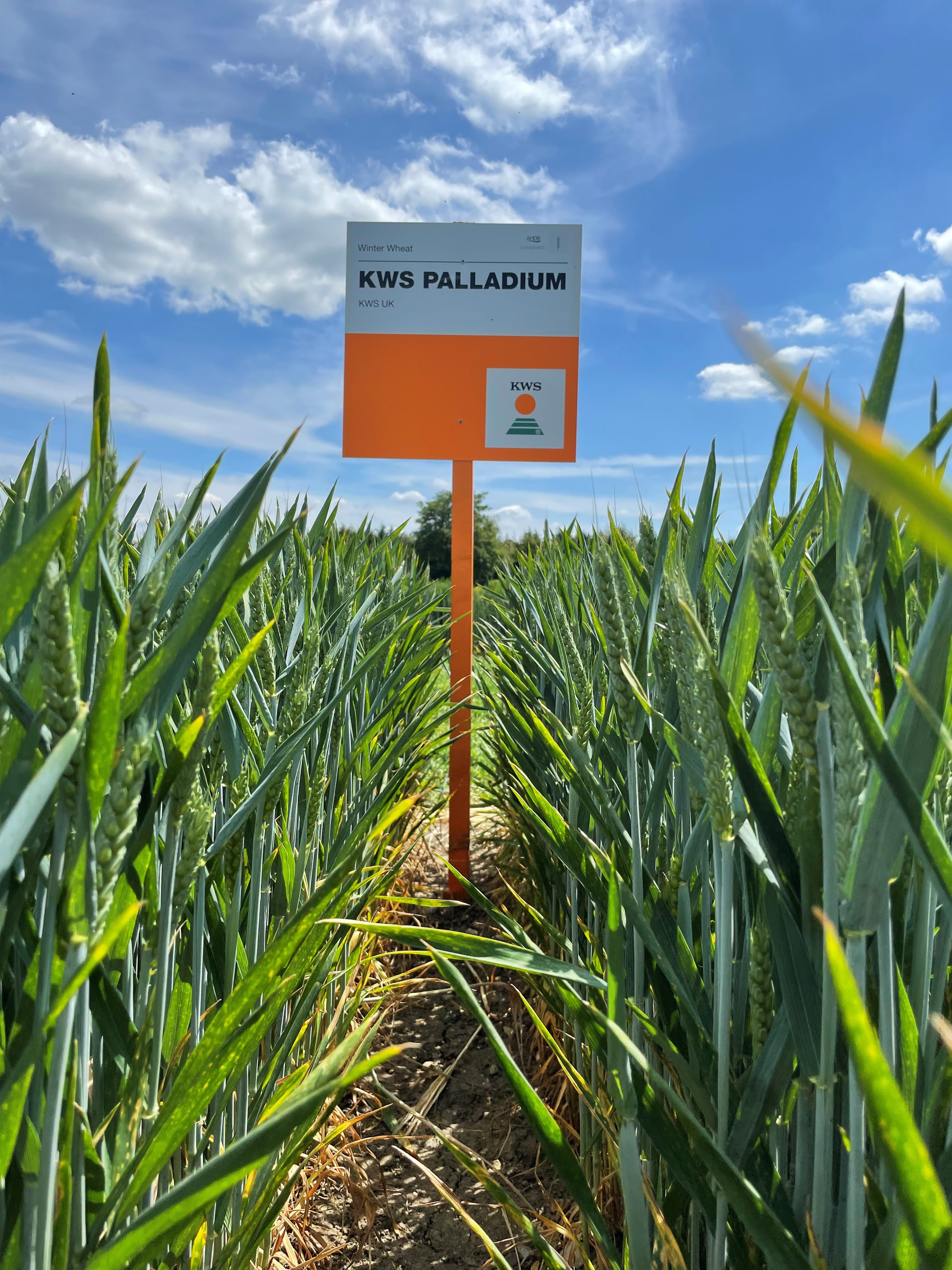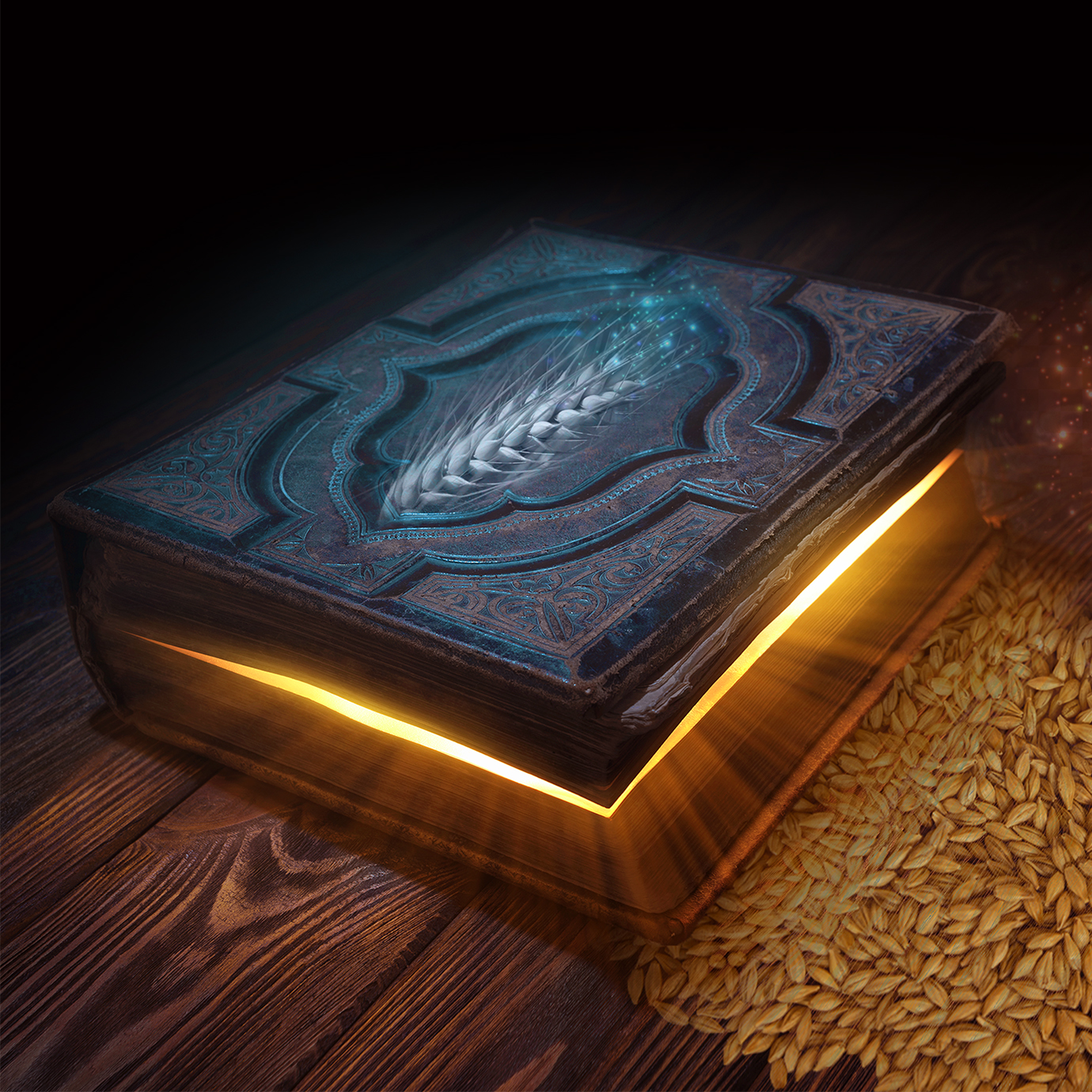Why KWS Palladium makes the perfect second wheat
If you’re growing a second wheat, the starting point for many is a strong Group 1 breadmaking variety due to their lower yield potential boosting protein levels in the grain but that could all be about to change, believes Dr. Kirsty Richards of KWS.
Group 2’s increasing popularity, largely resulting from the groundbreaking KWS Extase’s consistent yield, quality and disease resistance, combined with weaknesses in current Group 1 options and an absence of new alternatives, is making many rethink, she says.
“There are genuine concerns across the trade about the lack of new Group 1 milling wheats coming to market and these are being compounded by weaknesses emerging in existing varieties.
“Yellow rust is becoming an increasing problem for some Group 1 varieties whilst others are being outpaced for yield.
“Recent difficult autumns have not helped the situation and many existing varieties are struggling generally with the more challenging growing conditions we are facing in the UK now.”
The new generation of Group 2s, in contrast, have gone from strength to strength in recent years, she argues.
“In addition to high yields, many growers have been achieving very good protein contents in the field with KWS Extase and KWS Palladium looks even stronger in this area.
“Millers need a consistent and reliable source of 13% protein wheat to make the wide range of bakery products consumers prefer these days and KWS Palladium excels in this area.
There are already good 13% contracts out there for Extase and we fully expect Palladium to follow suit opening up several more opportunities in the future.
Strong Contender
With 60% of all wheat grown in the second wheat spot being milling varieties, that makes Palladium a very strong contender for many growers, she believes.
“On the current RL Palladium’s protein content is 13.1% - the highest in its class - specific weight is 76.9kg/hl and its HFN is 315 making it perfect for a range of baking uses with good gluten strength and loaf volume.
“Turning to yield, it’s important not to see any loss between first and second wheat positions and whilst this can be as much as much as 2% with some varieties, there is no loss at all with Palladium.
“When you consider we’ve seen yields topping 13.5t/ha in the field this year, that shows the outright potential of the variety as a second wheat.
Frontier Agriculture’s seed business development manager Jim Knight, says like KWS Extase, Palladium is a very clean variety.
“KWS Extase set the benchmark with a strong score of 7.8 for Septoria and a very strong 9 for Yellow Rust, making it popular as a second cereal in situations where disease pressure is higher.
“KWS Palladium’s Septoria tritici resistance score of 7.4 is at the higher end of the ratings on the Recommended List.
“It also has very good resistance to mildew (8) and Yellow Rust (9), while its ‘6’ for eyespot resistance is significantly better than KWS Extase, making Palladium a good candidate for a second cereal position.
“A rating of 5 for Brown Rust is in line with other widely grown feed varieties, such as LG Skyscraper, and certainly much better than Group 1 LG Crusoe, which scores just 3 for this disease.
Diverse Genetics
The latest Recommended List puts KWS Palladium 1% behind KWS Extase for yield, but that is still up to 4% ahead of some varieties in the Group 1 sector and 3% ahead of other Group 2s, he points out.
“When looking at varieties such as KWS Extase and KWS Palladium growers should be aware that they do come with a slight yield penalty versus the latest Group 4 hard wheats, but some will be prepared to accept this as the trade-off for better disease resistance.
“KWS Palladium’s untreated yield performance is also strong, at 90% of treated control.”
KWS technical specialist Olivia Potter points out whilst Palladium is another short, stiff-strawed variety with an early harvest giving real security for producers, it’s important to stress that KWS does not see Palladium as Extase Mk. 2.
“Whilst Palladium has many of the same characteristics as Extase, it comes from a very different parentage and, importantly, its Septoria resistance has a different genetic base to that of KWS Extase.
“That adds diversity to the Group and will help ensure we can maintain good levels of Septoria resistance moving forward.
“KWS Palladium is also suited to earlier drilling than KWS Extase but the two of them work very well in partnership for growers targeting the Group 2 marketing sector or simply wanting to add high quality grain to the feed heap.”
Trial shows Latitude’s worth in a high take-all pressure year
Latest trials carried out by ADAS have underlined the importance of treating second wheats with the seed treatment Latitude (silthiofam) with both KWS Extase and Palladium showing significant responses.
An average yield response of 1.4t/ha was recorded from a 2021-22 trial set up to investigate the interactions between winter wheat varieties Latitude and the soil born pathogen take-all.
In what turned out to be a favourable year for the disease, Certis Belchim seed treatment portfolio manager Tim Eaton says the results underline the importance of treating second wheats with Latitude to ward off heavy yield losses.
The trials were executed by ADAS at a site near Sutton St Nicolas in Herefordshire and tested four winter wheats, including Group 2s Extase and Palladium, plus Group 1 KWS Zyatt and Group 4 KWS Dawsum.
Plots were drilled on 11 October 2021 and treated with a single purpose dressing (SPD) or SPD plus Latitude, the only seed treatment that directly controls the take-all pathogen.
The randomised replicated trial allowed for accurate assessment of take-all and yield. Due to the patchy nature of the pathogen, treatments were replicated six times to ensure robust data.
Heavy toll
A mild winter encouraged primary infection and the dry summer exacerbated symptoms. By late May, stunted plants and thinning of the crop were evident as take-all took its toll on crop roots.
“After final plant assessments were carried out, the work showed that selecting the right variety is the building block for second wheat success. Take-all severity on roots was lower on Palladium than the fast-developing Extase, for example,” says Tim.
Final yield data in the absence of Latitude reflected these differences, along with the response to silthiofam. On the most susceptible variety Extase, it resulted in an additional 1.85t/ha, and 0.9t/ha in Palladium. The average across the trial was 1.4t/ha.
“It shows that in a high-pressure situation, Latitude is essential on a susceptible variety, but even on the more robust Palladium, it protected against significant yield loss and gave a very good return on investment,” explains Tim.
Wise investment
ADAS plant pathologist Chloe Morgan, who led the trial, says early senescence was clearly visible in the worst effected plots later in the summer.
She agrees that Latitude seed treatment is a wise investment to prevent primary infection in the autumn, which can develop into something very serious during spring and summer.
“Visually, you could pick out the plots where Latitude has been applied, as they were much greener, even, and more consistent, with less damage to roots.
“Take-all is a yield robber in fields where it’s severe, and cultural control options post sowing are limited. Rolling post drilling and early nitrogen can help, but neither are likely to be as effective as a seed treatment,” adds Chloe.
Discover our new barley addition to the 2022/23 RL
Your consultants
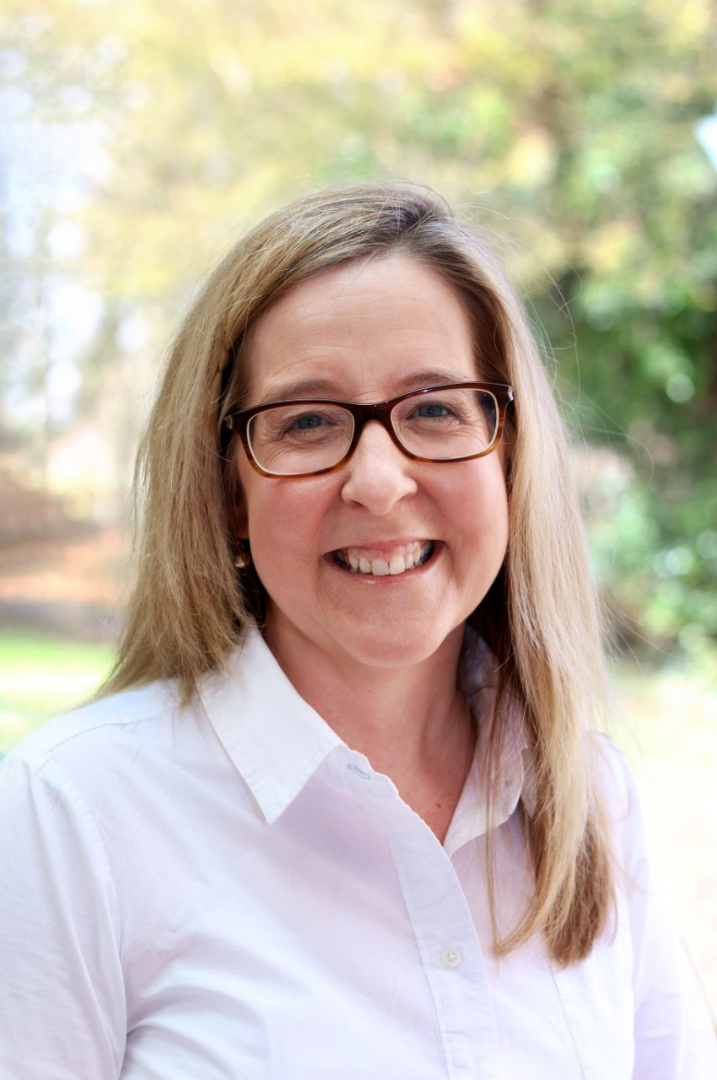

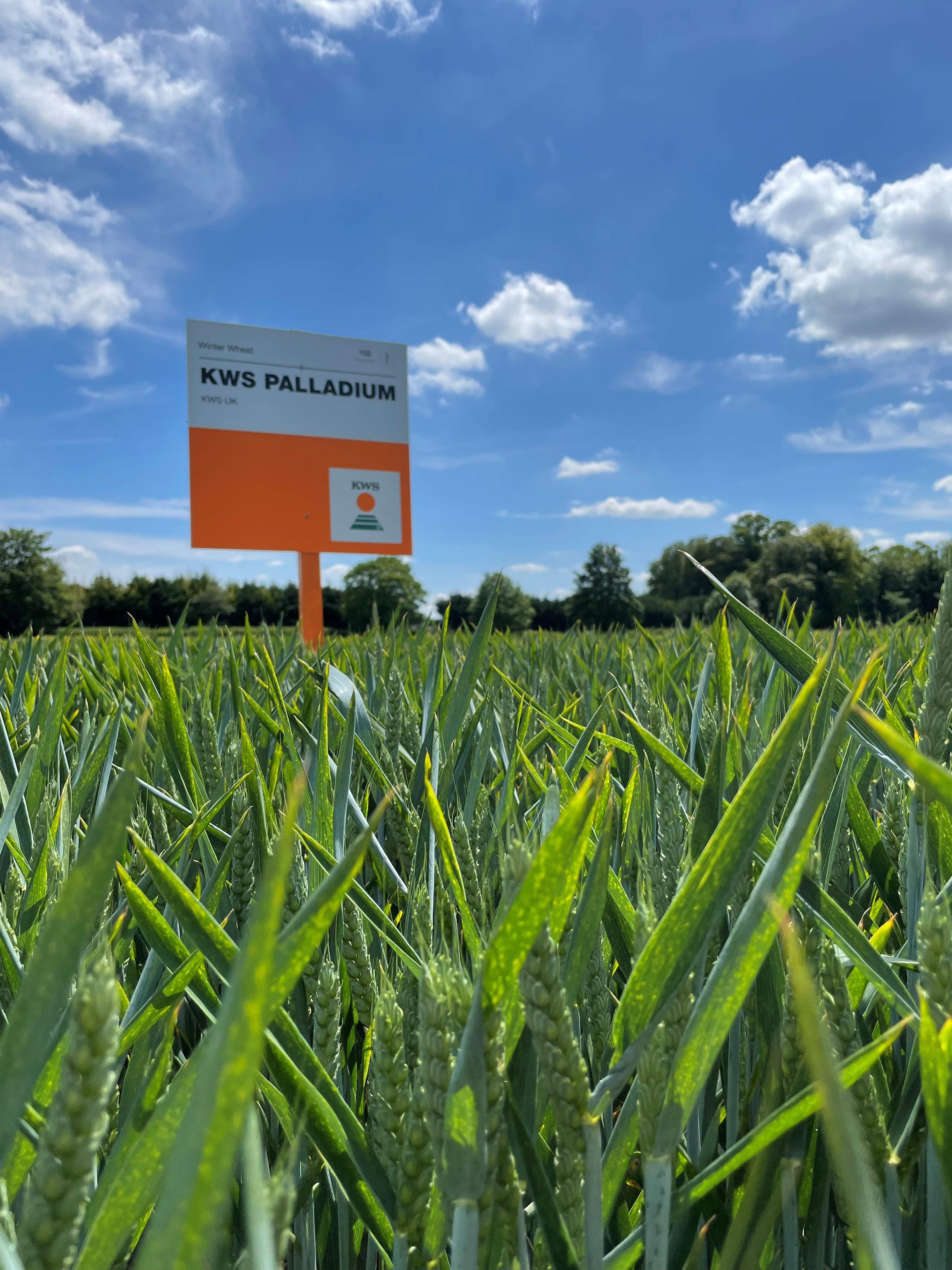
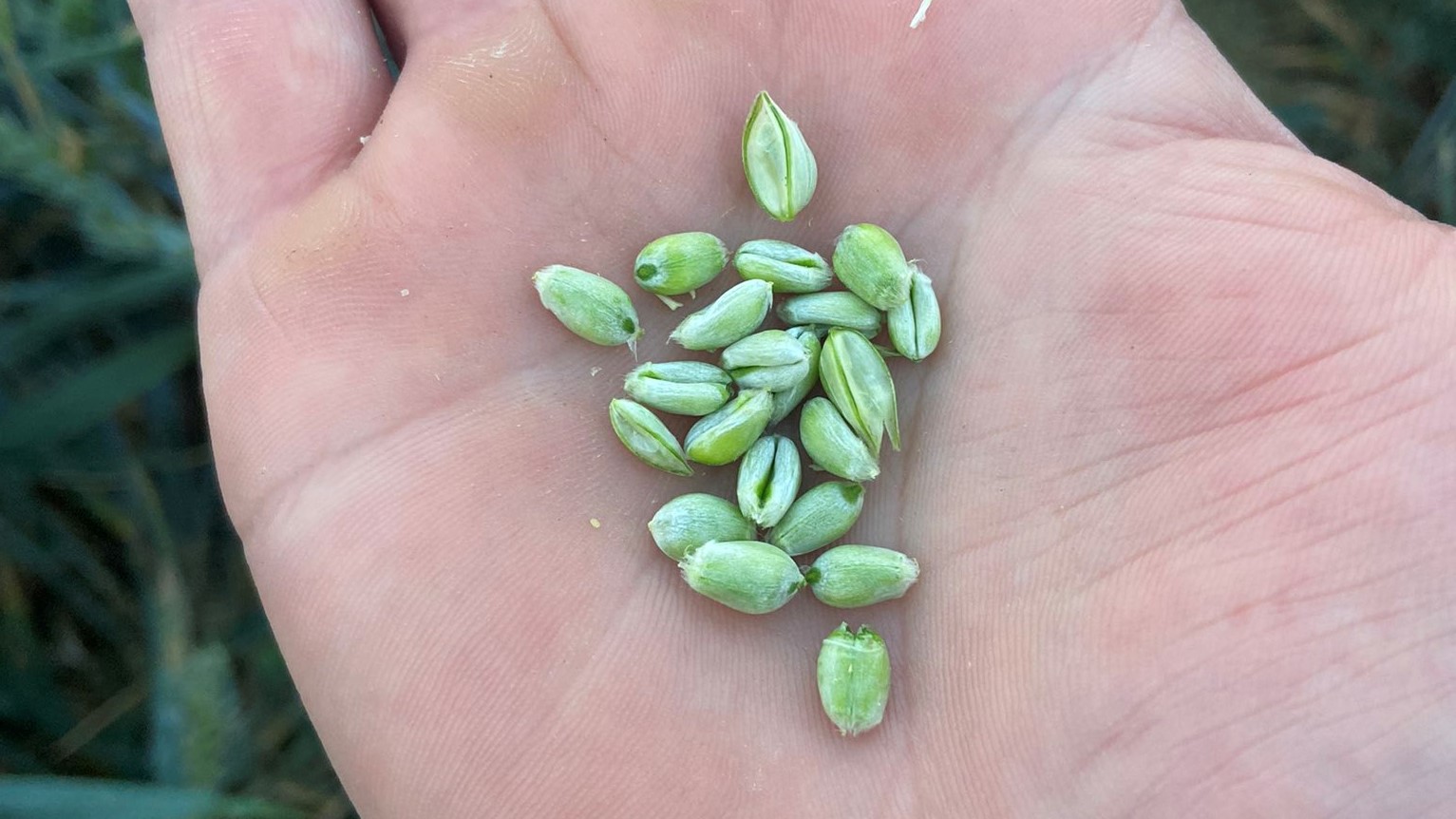
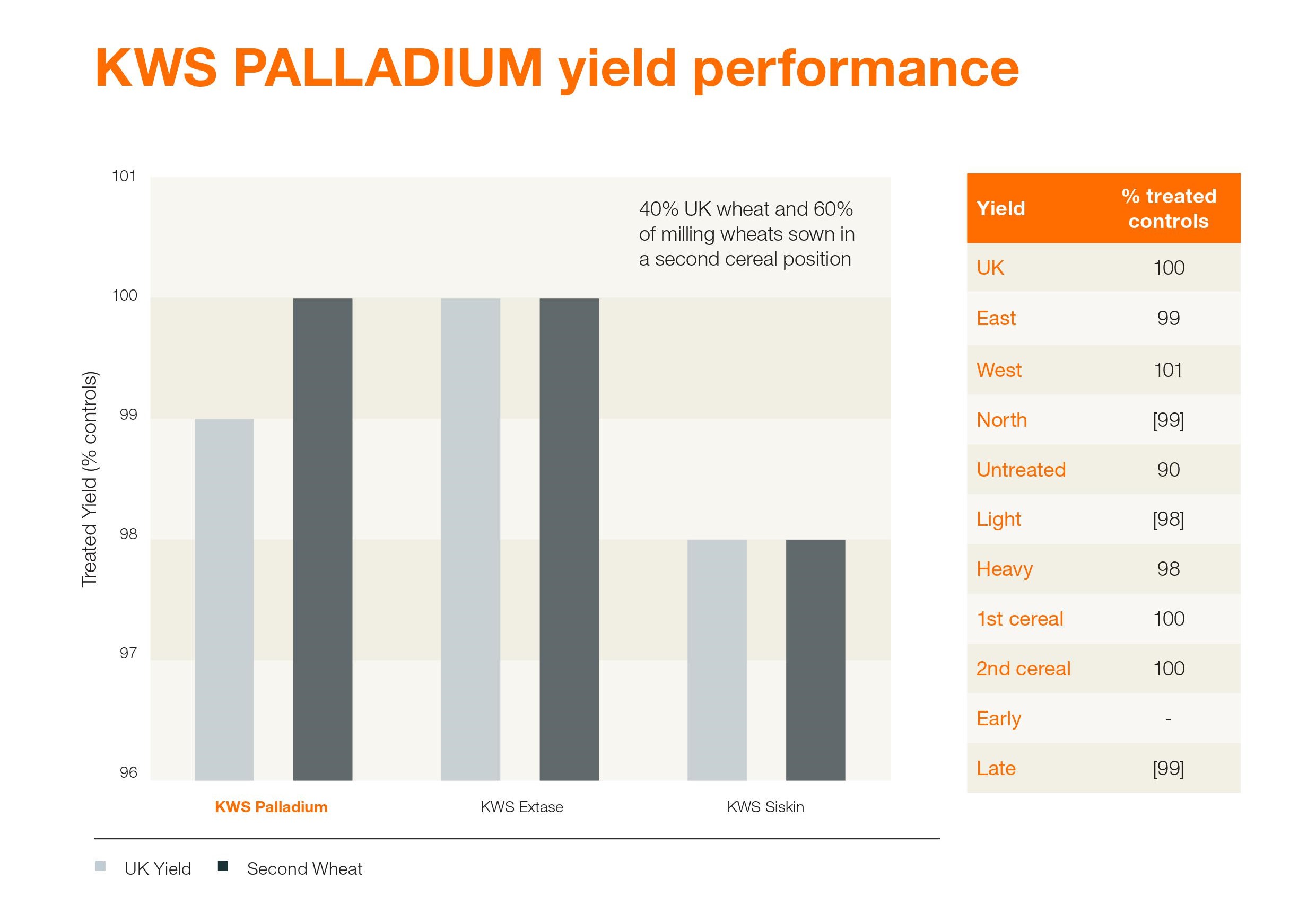
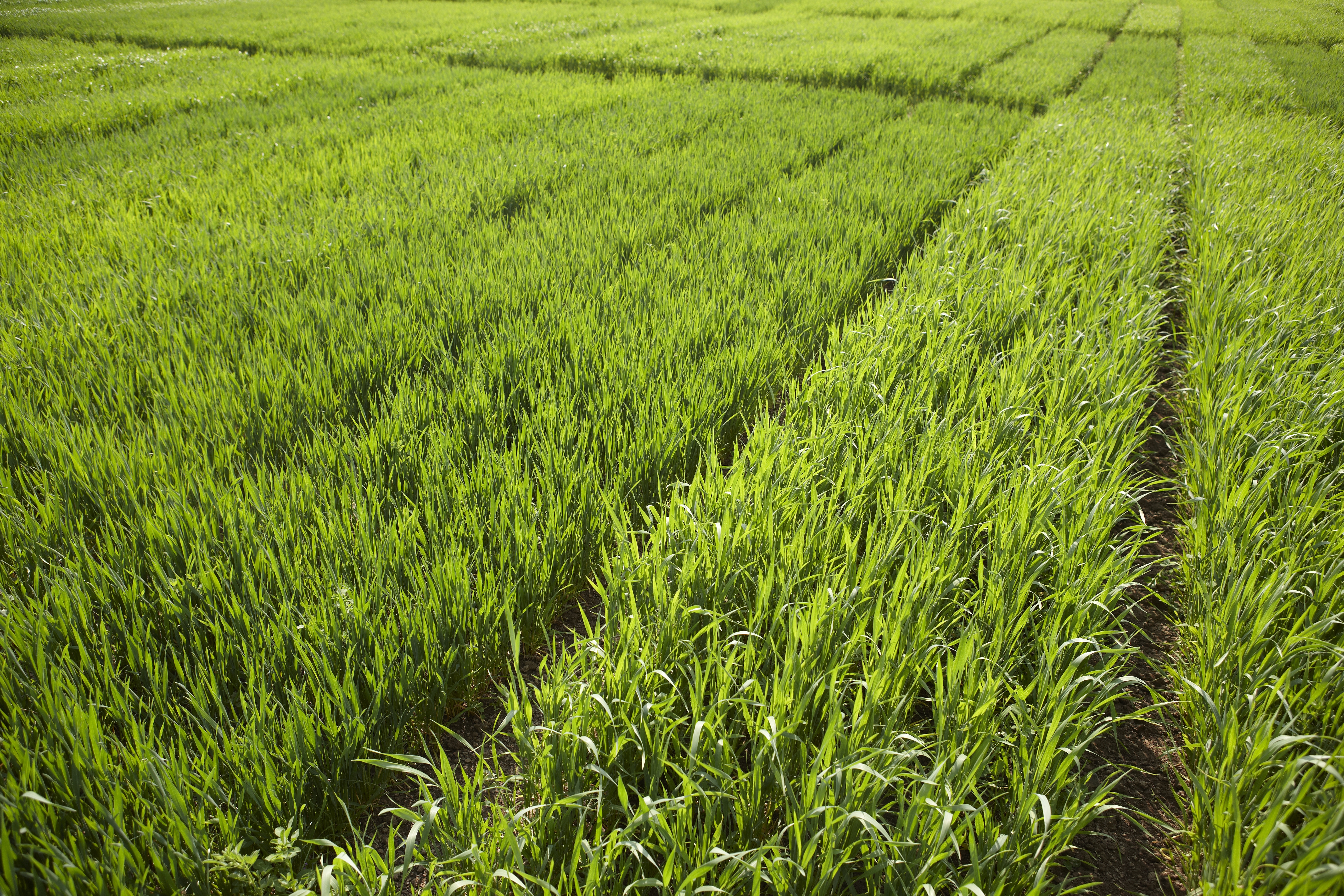

.jpg)
